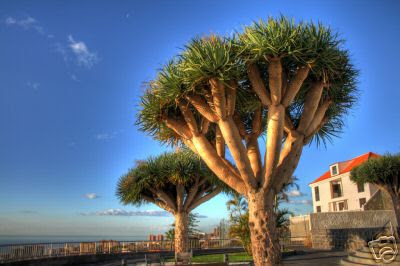
Per roccia si intende un aggregato naturale di minerali cristallini e/o amorfi, particelle e solidi di vario tipo; le rocce sono sostanze non esprimibili con una formula chimica e generalmente formano masse ben individuabili.
Tipologie
A seconda del processo che dà loro origine le rocce vengono distinte in tre grandi categorie: The
magmatic rocks are igneous rocks also known as generated by cooling of magma, a molten silicate mass containing volatile elements (water, carbon dioxide, acids, hydrogen, etc ...) giving it fluidity and speed up chemical reactions. These rocks are in turn subdivided, depending on the speed and location of the cooling of magma, in plutonic or intrusive igneous rocks, extrusive or volcanic, or ipoabissali filoniane: the first formed in the earth's crust or in part highest mantle and are characterized by a slow cooling promotes the growth of crystals in them (about 150 thousand years), typical of such rocks are granite and quartz-diorite, but the latter are formed after an eruption or a lava flow and therefore undergo a rapid cooling (about a year) that "freezes "Part of the rock in an amorphous state. They are composed of microcrystalline bottom paste, and their structure is glass. Examples are basalt the porphyry and pumice. Then there are the rocks or filoniane ipoabissali, which solidified below the earth's surface, but in small cavities, have a fast enough cooling. Igneous rocks constitute the large majority of the crust and mantle. Examples are the basalt, the granite the diorite. The
sedimentary rocks are the rocks generated sedimentation of debris, inorganic, organic and mineral salts, consolidated by the subsequent or simultaneous deposition of a cementing substance. This is, in essence, lithified ancient sediments as a result of stages of weathering, erosion, transportation and sedimentation. They are the most common rocks on Earth's surface because they cover more than 80% of the land. Examples are the ' sandstone, the limestone the dolomite. The
metamorphic rocks are sedimentary or igneous rocks that have been portate in condizioni di ( pressione e temperatura ) diverse da quelle presenti al momento della litificazione della roccia. In seguito a questi cambiamenti la roccia subisce trasformazioni chimiche e fisiche che ne alterano ad esempio la composizione mineralogica . Alcuni esempi sono l'alabastro e il marmo.
Regole fondamentali
Quando si studiano le rocce, sono tre le regole fondamentali da tenere a mente:
Il principio di Lloyd , cioè le rocce si formano oggi con le stesse modalità con cui si sono formate in passato: temperatura, pressione, acqua, ossigeno e anidride carbonica agiscono sempre nello stesso modo.
Rocce di diversa origine e dalle diverse caratteristiche may be in close contact.
The nature of a rock depends not only on its origin, but also the circumstances in which it comes into being.
GRAMAGLIA EMANUELE



























.jpg)

_11.jpg)
